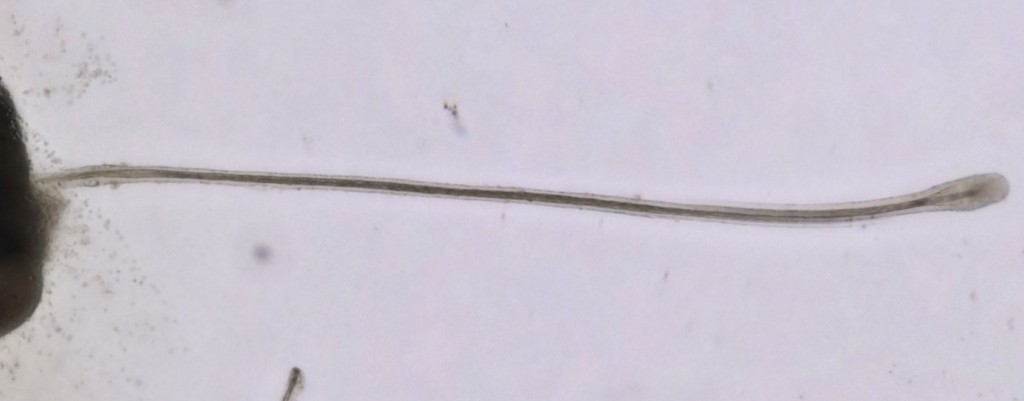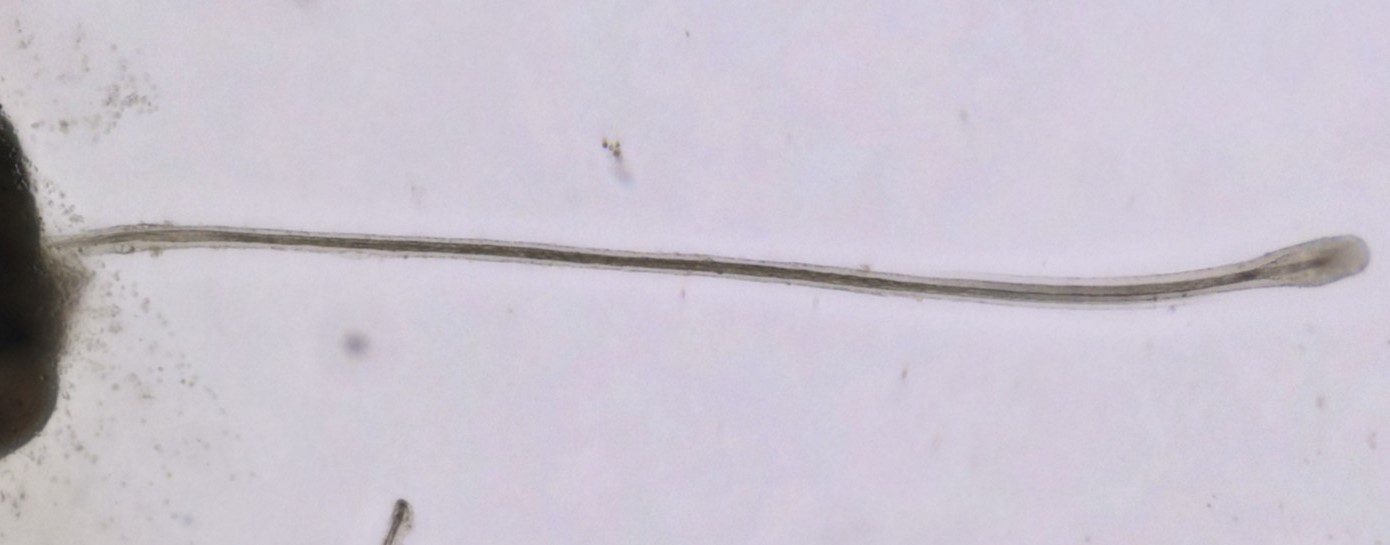
A team of researchers from Japan studying the processes of hair growth has successfully generated hair follicles in cultures. Their in vitro experiments add to the understanding of hair follicle development, which could lead to useful applications for treating hair loss disorders.
Scientists grew the fully mature hair follicles with long shafts using a technique that involves creating skin organoids—tiny, simpler versions of an organ—in a Petri dish.
Due to a lack of understanding the mechanisms for hair follicle development, hair follicle morphogenesis has not been successfully reproduced in a laboratory culture dish, until now.
“Organoids were a promising tool to elucidate the mechanisms in hair follicle morphogenesis in vitro,” said Dr. Tatsuto Kageyama, of Yokohama National University in Japan
Using two types of embryonic cells, the team developed hair shafts with almost 100 percent efficiency. The organoids produced fully mature follicles about 3 mm in length (a little more than 1/100 of an inch) after 23 days of culture.
As growth occurred, the researchers monitored formation and pigmentation, shedding new light on chemicals involved in the process. For instance, adding a drug that boosted melanin, a natural pigment, improved the color.
RELATED: Scientists Activate Stem Cells to Make Hair Grow
By transplanting the organoids, they achieved regeneration with repeating hair cycles.
“The model could prove valuable for better understanding of hair follicle induction, for evaluating hair pigmentation and hair growth drugs, and for regenerating hair follicles,” said Kageyama, the lead author of a paper published in the journal Science Advances.
Results could also be relevant to other organ systems and contribute to the understanding of how physiological and pathological processes develop.
Looking ahead to future research, the team plans to optimize their organoid culture system using human cells.
“Our next step is to use cells from human origin, and apply for drug development and regenerative medicine,” said the paper’s co-author, Professor Junji Fukuda.
Future research could open the door to developing fresh treatments for hair loss disorders, such as male pattern baldness.
CHECK OUT: Reversing Hair Loss Could Soon Be as Easy as Wearing a Hat After Scientists Develop Simple New Tech
The same principles could one day be harnessed to grow replacement teeth, or other organs as every hair is a tiny little organ.
GROW Some Hope! – Share This on Social Media…




















